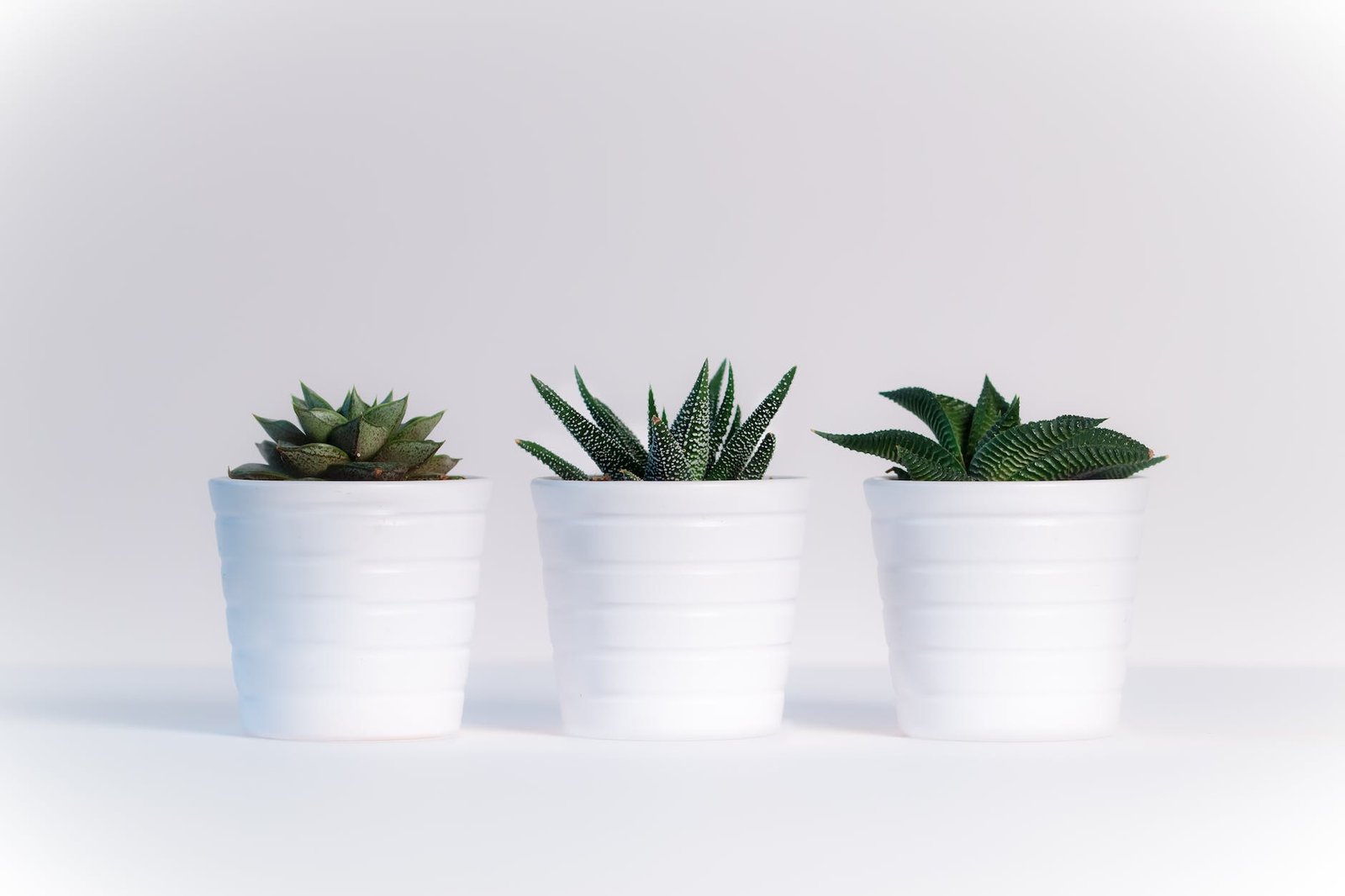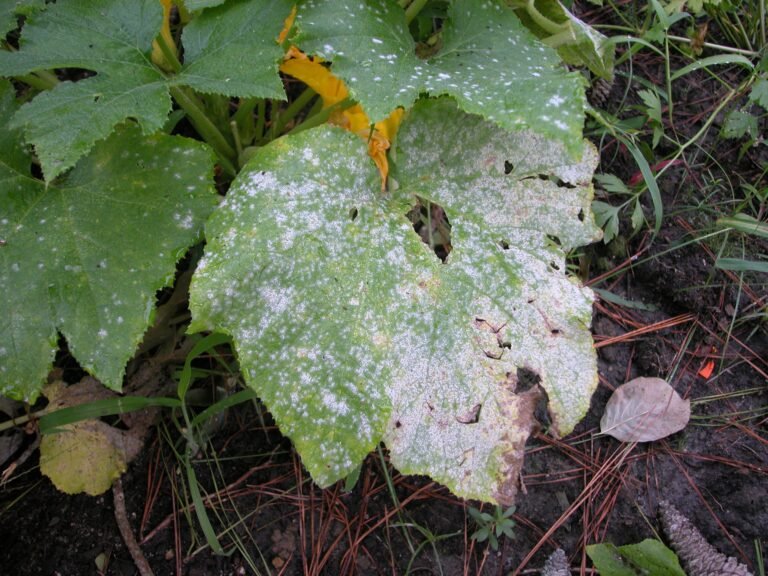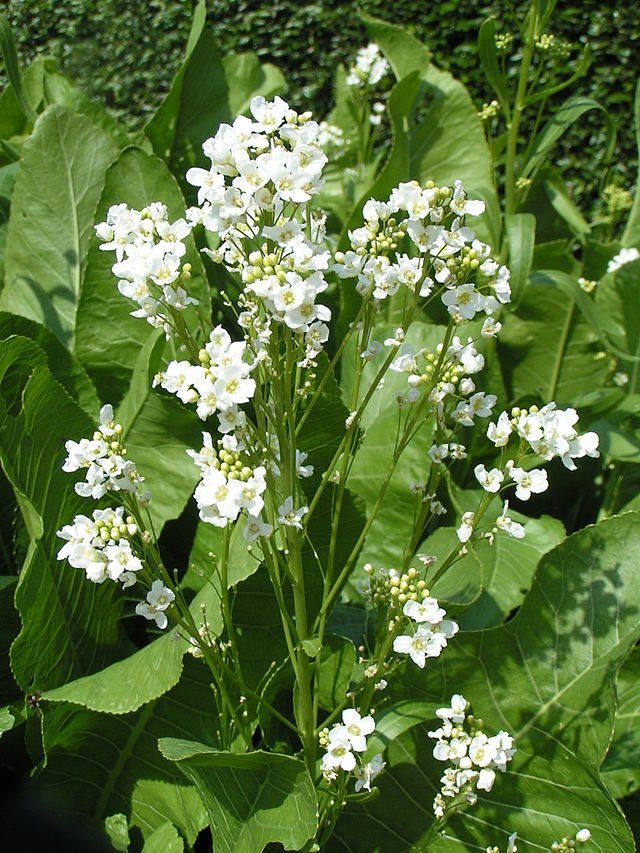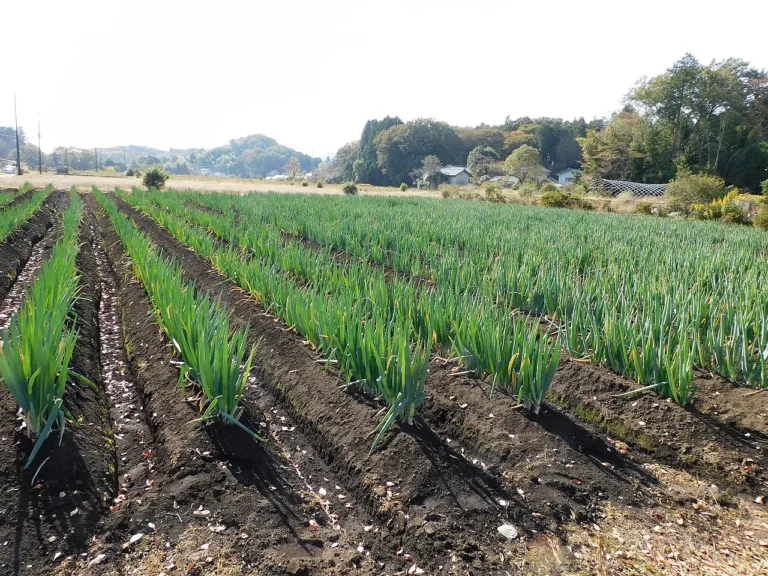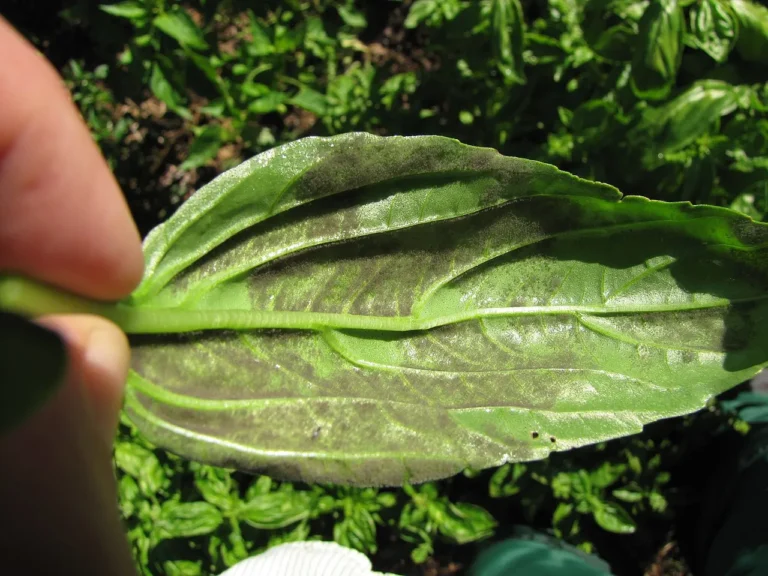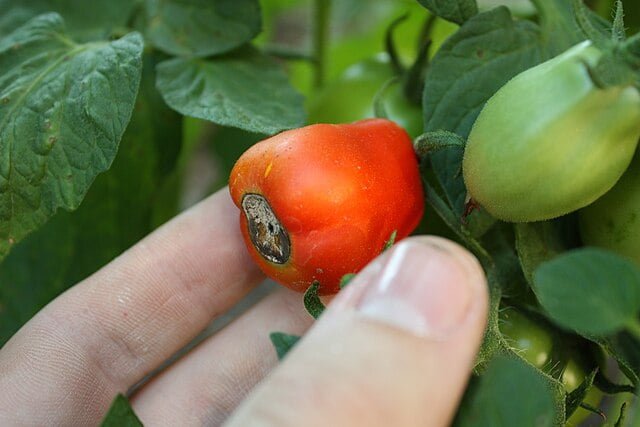Indoor Plants 101: Cultivating Your Green Haven Inside
Indoor plants have a myriad of benefits; from purifying the air to boosting your mood, these green companions make your home or office a more enjoyable space. However, indoor plant care can sometimes be challenging, especially for beginners. This article aims to offer essential tips and insights for successfully caring for your indoor plants.
Introduction to Indoor Plants
Indoor plants, also known as houseplants, are plants that are cultivated indoors, particularly in residential and office spaces. These can range from succulents and air plants to leafy tropicals like the Monstera Deliciosa.
Benefits of Having Indoor Plants
Enhancing Indoor Air Quality
One of the most significant benefits of indoor plants is their ability to purify the air. Plants like the Spider Plant, Snake Plant, and Peace Lily have been shown to filter out common toxins such as formaldehyde, benzene, and trichloroethylene from the air. By improving air quality, indoor plants can contribute to a healthier living environment.
Boosting Mental Well-being
The presence of greenery indoors has a calming and relaxing effect, which can be particularly beneficial in today’s fast-paced world. Studies have shown that indoor plants can reduce stress, enhance mood, and even increase productivity and creativity. They provide a sense of connection to nature, which can be therapeutic, especially in urban settings.
Improving Humidity and Reducing Dust
Plants naturally release water vapor during transpiration, which can increase the humidity level in your home. This can be particularly beneficial in dry climates or during winter when indoor heating can dry out the air. Higher humidity levels can help with dry skin, sore throats, and colds. Additionally, plants can help reduce dust levels in the home, as their leaves can trap and absorb particles.
Enhancing Aesthetics and Home Decor
Indoor plants are a versatile and attractive way to enhance the aesthetic appeal of your home. They can be used as focal points, to soften architectural features, or to create a more vibrant and inviting space. With a wide variety of colors, sizes, and shapes available, plants can complement any interior design style.
Creating a Sense of Achievement
Caring for indoor plants can be a rewarding hobby. Watching your plants grow, bloom, and thrive under your care can provide a sense of accomplishment and pride. It’s a hobby that not only beautifies your space but also contributes to your personal well-being.
Educational Value for Children
For homes with children, indoor plants can be a fantastic educational tool. They provide an opportunity for kids to learn about nature, biology, and responsibility. Caring for plants can teach children about the importance of nurturing and the environment.
Natural Air Fresheners and Aromatherapy
Some indoor plants, like Jasmine, Lavender, and Eucalyptus, have natural fragrances that can freshen up your living space without the need for artificial air fresheners. These plants can also provide aromatherapy benefits, such as relaxation and improved sleep quality.
Improving Acoustics
Plants can also help to improve the acoustics of a room by absorbing, diffracting, and reflecting sound waves. This can be particularly beneficial in rooms with hard surfaces where sound tends to bounce, such as large living rooms or offices with minimal furnishings.
Choosing the Right Indoor Plants
Your choice should consider the following factors:
- Light Availability: Some plants require more light than others.
- Space: Make sure you have adequate space for the plant to grow.
- Skill Level: Some plants are more forgiving and better suited for beginners.
Understanding Light Requirements
- High Light: Plants like cacti and succulents prefer bright, indirect light.
- Medium Light: Ideal for most tropical plants.
- Low Light: Snake plants and ZZ plants are perfect for low-light conditions.
Light is the lifeblood of any plant. Understanding your home’s light conditions is crucial for the health of your indoor plants. Generally, light conditions are categorized as bright direct, bright indirect, and low light. South-facing windows often receive bright direct light, ideal for plants like succulents and cacti. Bright indirect light, common in east or west-facing rooms, suits a wide range of plants including Monsteras and Peace Lilies. Low light areas, often found in north-facing rooms, are perfect for plants like ZZ plants and Snake Plants. Remember, the right light ensures your plant not only survives but thrives.
Watering Techniques
- Overwatering: The most common mistake. Make sure to let the soil dry out between waterings.
- Underwatering: Wilting leaves can be a sign.
Watering is more art than science. Each plant has unique needs, and factors like pot size, soil type, and environmental conditions play a role. A general rule of thumb is to check the top inch of soil; if it’s dry, it’s time to water. Be mindful of overwatering, a common mistake, which can lead to root rot. Plants in brighter light or warmer rooms may need more frequent watering than those in cooler, dimmer spaces. Observe your plants and adjust your watering routine to their needs.
Feeding Your Plants
- General-purpose Fertilizers: Suitable for most indoor plants.
- Specialized Fertilizers: Some plants like orchids or cacti may require specific nutrients.
Fertilizing provides essential nutrients to your plants. Use a balanced, water-soluble fertilizer during the growing season (spring and summer). Reduce fertilizing in fall and winter when plant growth typically slows. Over-fertilizing can harm your plants, so it’s better to err on the side of caution and follow the recommended dosage on the fertilizer’s label.
Pest Management in Indoor Plants
Dealing with pests is an inevitable part of caring for indoor plants, but with the right knowledge and tools, you can keep your green friends healthy and pest-free. Here’s a guide to identifying, preventing, and treating common pests in indoor plants.
Identifying Common Pests
- Aphids: Small, soft-bodied insects that are usually green, black, or white. They typically cluster on new growth and undersides of leaves, causing yellowing or distorted leaves.
- Spider Mites: Tiny spider-like pests that create fine webs on plants. They cause yellow or bronze speckling on leaves.
- Mealybugs: Small, white, cottony pests that cluster in leaf axils, on stems, and under leaves. They excrete a sticky substance called honeydew.
- Scale: Hard or soft brown bumps on plant stems and the underside of leaves. They suck sap from plants, weakening them.
- Fungus Gnats: Small, dark flies that hover around the soil surface. Their larvae feed on organic matter and, occasionally, plant roots.
Preventing Pest Infestations
- Quarantine New Plants: Always quarantine new plants for a few weeks to ensure they are pest-free before introducing them to your plant collection.
- Regular Inspection: Regularly check your plants for signs of pests, especially under leaves and along stems.
- Maintain Plant Health: Healthy plants are less likely to succumb to pests. Ensure proper lighting, watering, and feeding for your plants.
- Cleanliness: Keep the plant area clean. Remove dead leaves and debris which can harbor pests.
Treating Pest Infestations
- Isolate Infected Plants: Prevent the spread of pests by isolating affected plants as soon as you notice any infestation.
- Manual Removal: For a light infestation, physically remove pests using a cotton swab dipped in rubbing alcohol or simply rinse the plant with water.
- Insecticidal Soap or Neem Oil: Treat the plant with insecticidal soap or neem oil, following the product instructions. These are effective against most pests and are safe for the plant.
- Systemic Insecticides: In severe cases, you might need to use systemic insecticides. Use these products as a last resort and follow the safety instructions closely.
- Sticky Traps: For flying pests like fungus gnats, use yellow sticky traps to reduce their numbers.
Aftercare
- Monitor the Plant: After treatment, keep an eye on the plant for a few weeks to ensure all pests are gone and that the plant is recovering.
- Repeat Treatments: Some pests can be persistent. Repeat treatments every 7-10 days for at least a month or as recommended by the product.
- Review Care Routine: Sometimes, pest problems are linked to care issues. Review your plant care routine to prevent future infestations.
Common Mistakes and How to Avoid Them
- Neglecting Humidity: Many tropical plants require higher humidity levels.
- Ignoring Soil Type: Different plants have different soil needs; make sure to match them accordingly.
Taking care of indoor plants is a rewarding experience that comes with its own set of challenges. However, with proper knowledge and consistent care, you can cultivate a flourishing green haven inside your home or office.
If you find joy in nurturing a leafy sanctuary within your indoor spaces, the rewards are plentiful. For more tips on all things gardening, continue to explore our articles. Happy indoor gardening!
FAQ on Indoor Plant Care
How often should I water my indoor plants?
The frequency of watering depends on the type of plant, the size of the pot, the season, and the indoor environment. A general rule is to water when the top inch of soil feels dry. Overwatering is a common mistake, so it’s better to err on the side of too little rather than too much.
What is the best way to determine if my plant is getting enough light?
Observe your plant’s growth. If it’s leggy, pale, or stretching toward the light, it may need more light. Each plant has specific light requirements, ranging from low to high light, so it’s important to understand the needs of your specific plant and adjust its location accordingly.
How do I know if my plant needs to be repotted?
Signs that your plant needs repotting include roots growing out of the drainage holes, water running straight through the pot, or slowed growth. Generally, repotting every 1-2 years is a good practice.
Can I use regular garden soil for my indoor plants?
It’s best to use a potting mix specifically designed for indoor plants. Garden soil can be too dense, leading to poor drainage and aeration, which can harm indoor plants.
How do I deal with pests on my indoor plants?
Start with gentle methods like wiping leaves with soapy water or using neem oil. For more persistent problems, insecticidal soaps or systemic insecticides may be necessary. Always isolate infested plants to prevent the spread of pests.
Why are the leaves of my plant turning yellow?
Yellow leaves can be a sign of overwatering, underwatering, or nutrient deficiencies. Consider the watering schedule and ensure you’re not over or under-watering. Also, check if it’s time to fertilize.
How can I increase humidity for my indoor plants?
You can increase humidity by misting your plants, placing a water-filled tray with pebbles under the plant pots, grouping plants together, or using a humidifier.
Are there any pet-safe indoor plants?
Yes, many plants are safe for pets, such as Spider Plant, Boston Fern, and Calathea. However, always check the specific plant species for pet safety, as some common indoor plants can be toxic to animals.
How do I prune my indoor plants?
Use clean, sharp scissors or pruners to remove any dead, damaged, or overgrown branches or leaves. Pruning helps to encourage healthy growth and maintain the plant’s shape.
Can indoor plants help improve air quality?
Yes, many indoor plants can help purify the air. Plants like Snake Plant, Spider Plant, and Peace Lily are known for their air-purifying abilities, removing common household toxins from the air.

